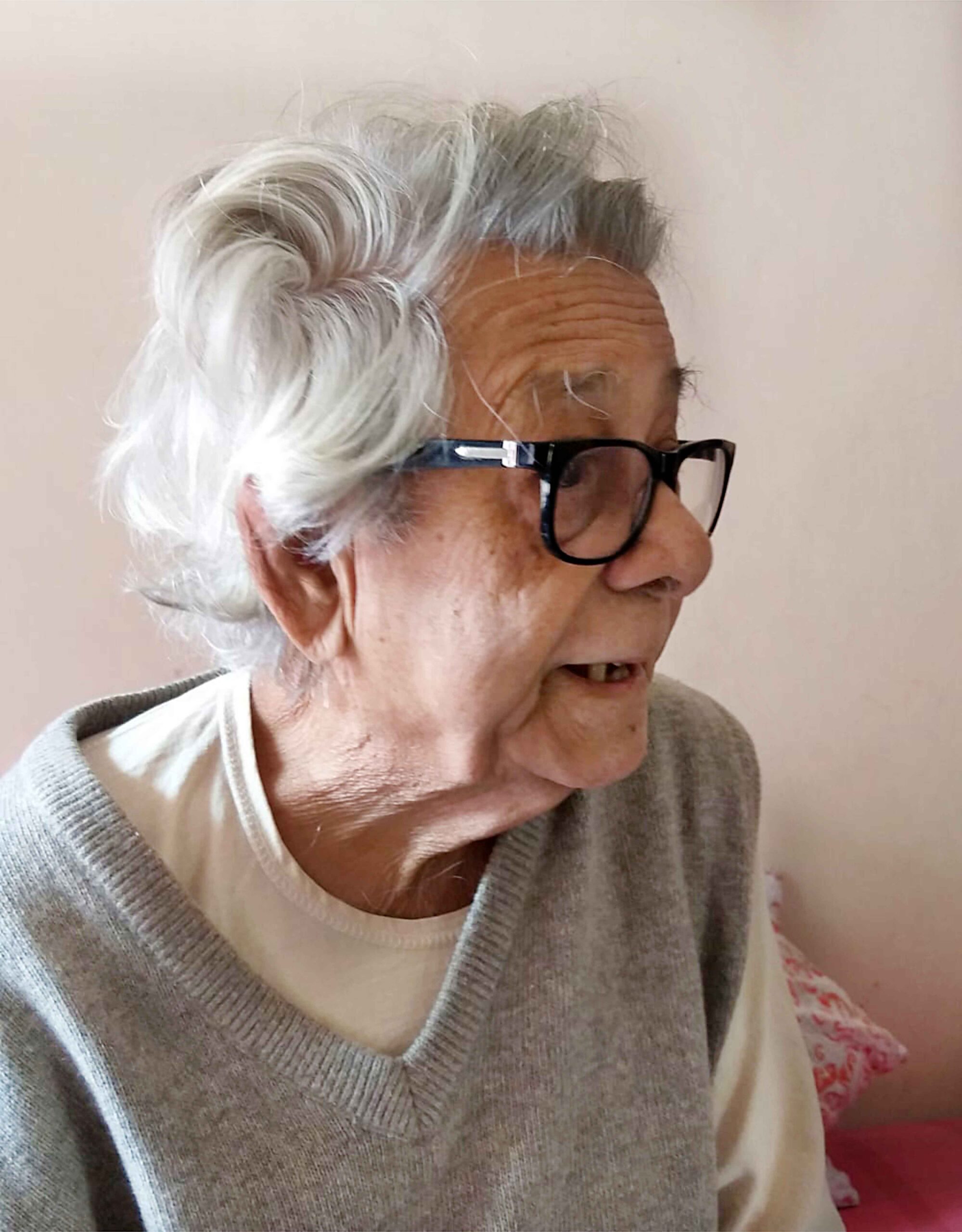Floating Temples and Preaching Tutors of Indian Art Education
H. A. Anil Kumar
Fine Arts or Visual Arts education, a part of the ‘business’ of Humanities, always has faced the challenge of being compared with certain benchmarks, mostly outside itself. The business of ‘profit’ is what is to be proven, time and again, by the cultural business of art teaching Institutions in the Indian context. Such a business is either economical or political but mostly non-artistic in nature by default*1*. Arguably, for the same reason, the twentieth century saw arts education always connected with design, either as training in various kinds of crafts in the past or as web designing, animation and tattooing, now. It is easy to accept and difficult to prove this point. Even as early as the ‘Kala’ magazine (in 1930s) published by Kala Mandira Art School of Bengaluru (established in 1919); and the syllabus of C.T.I (Chamarajendra Technical Institute,


